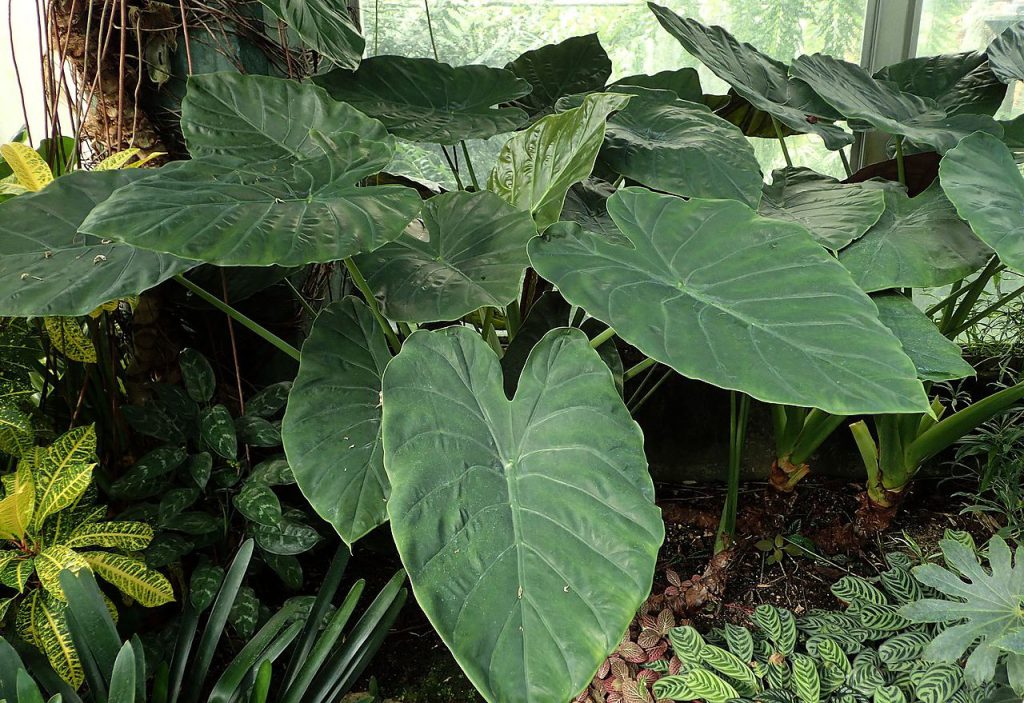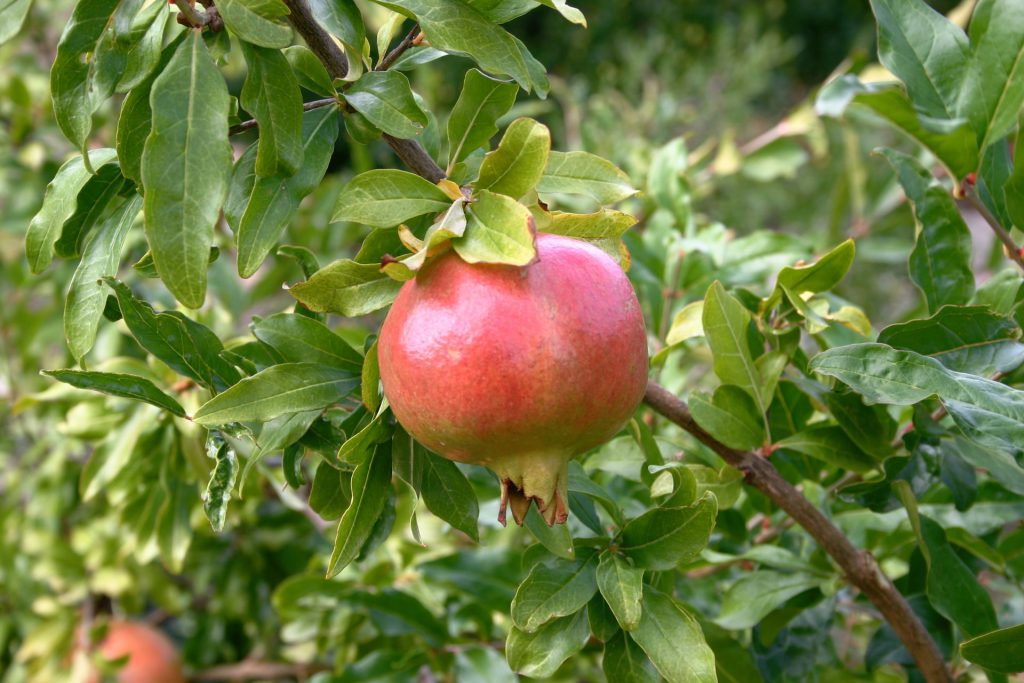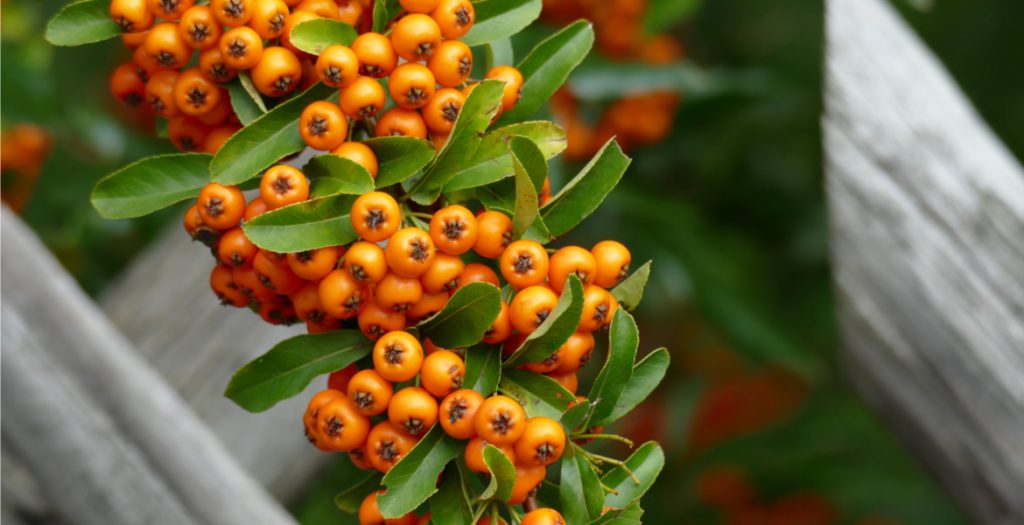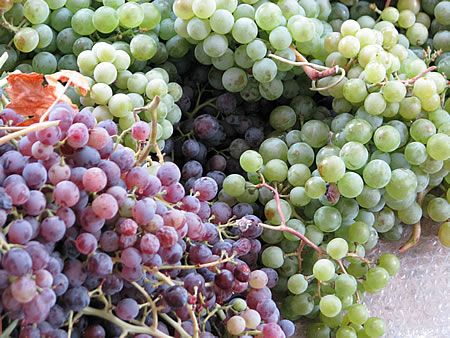These loosely branched, shade-loving plants with elliptical leaves can bring delightful color to all corners of the spring garden when clusters of tubular or bell-shaped flowers appear. Heirloom varieties can grow more than 6 meters tall, while dwarf varieties may stay under three feet
Alocasia wentii is a big, splashy plant that can bring a touch of the tropics to any space.
It’s also called New Guinea Shield or Hardy Elephant Ear.
This giant-leaved houseplant will thrive as long as you can give it the rainforest conditions that it loves- warmth, humidity, and dappled sunlight.
The striking Alocasia wentii appearance is the main reason this rare tropical beauty is so desirable.
Like all Elephant Ears, New Guinea Shield is notable for its huge leaves which will dominate any space in which it is placed.
The graceful shape that Alocasia wentii naturally develops will be a strong architectural element in any decor.
Foliage
The foliage of Alocasia wentii is stunning in both shape and color.
On a fully mature plant, each leaf can grow to a size of up to 2 feet long, and half that in width. The leaves of juvenile plants will get to about a foot long.
The leaves are heart or shield-shaped with a distinct tip. Lustrous green on top, their undersides are an attractive bronze-purple.
The leaves grow at the tip of thin stems which naturally arch out from the base.
The leathery texture of the leaves and glossy surface are best maintained with monthly cleaning with a damp cloth.
Flowering
Alocasia wentii flowering will happen rarely if at all when grown in a pot indoors. Blooming usually only occurs when the New Guinea Shield flower is grown outdoors in a subtropical climate.
If you live in growing zone 8 or higher, you may be able to plant your Alocasia wentii in the ground, where it can grow to a mature size and produce flowers.
However, the unremarkable white flowers are not as desirable as the foliage that is the main attraction. Some growers cut the flowers out to direct the plant’s energy to growing the leaves.
It’s best to not count on your Alocasia wentii flowering, but instead enjoy the magnificent foliage display.
Size and Growth
The size of Alocasia wentii depends on the age of the plant and where it is grown.
Alocasia wentii’s growth rate is slow. On average, it takes up to 10 years to reach its mature size of 3-5 feet when grown indoors in a pot. Unless pruned for width, its spread will be about the same.
If planted outdoors in the ground in a suitable climate (zones 8a and above), an Alocasia wentii plant can reach almost 10 feet tall.
Alocasia wentii is an evergreen tropical plant, so while it will lose leaves as they grow, there will always be an attractive foliage show.
What’s Unique About Alocasia wentii?
Alocasia wentii plants were first discovered in the early 1900s in Borneo. Like all Elephant Ears varieties, they are native to the rainforests of Southeast Asia where they grow on the forest floor.
Alocasia wentii is prized for the size and beauty of its leaves, which can grow to a foot in length. They are glossy green on top with a striking purple underside.
Growing Alocasia wentii is easy enough for even an inexperienced gardener, and is more forgiving of cooler temperatures than most tropical plants.
The plant is not only beautiful but will filter contaminants from the air for a healthier indoor environment.
Alocasia wentii Care
Alocasia wentii plant care boils down to providing this plant with its roots in the tropical rainforests with similar conditions in your home.
That doesn’t mean you have to turn your house or apartment into a steamy jungle.
However, the closer you can get to the ideal New Guinea Shield care, the happier and healthier your Alocasia wentii will be.
Light
The Alocasia wentii plant is a hybrid Elephant Ear which originates in the rainforests of the South Pacific.
As a result, New Guinea Shield light needs are for the dappled sunlight that is found beneath the tree canopy in those tropical forests. That translates to 10,000-20,000 lux.
To best supply Alocasia wentii light requirements, place in a spot with bright but indirect light.
An Alocasia wentii will grow quite well close to the window of a north or east-facing room, but in a room with south or west exposure keep it out of full sun.
Too much sun can damage the leaves and inhibit the growth of Alocasia wentii.
Watering
In the rainforests of the South Pacific, rainfall is frequent but the porous soil drains well, creating a moist but never saturated growing medium.
It’s fairly easy to fulfill those watering needs for your potted Alocasia wentii.
Rather than following a schedule for your Alocasia wentii watering, monitor the soil moisture and only water New Guinea Shield when the top couple of inches of the soil are dry.
Water from the top of the soil with a gentle stream, stopping when water starts coming out of the drainage holes at the bottom.
Do not let the pot sit in the collected water, as it can lead to root rot.
Temperature
The ideal Alocasia wentii temperature range is between 55-85 (13-30ºC). Their temperature tolerance extends to about 95ºF (35ºC)
In the wild, Alocasia wentiis grow at higher elevations on mountainsides. This means that they have a bit more hardiness than many other tropical plants, but sustained temperatures below 50ºF (10ºC) will trigger dormancy.
Most homes can easily provide a good temperature for New Guinea Shield. Just be sure to keep them out of the way of air conditioning vents or fans.
Moving your outside in summer will expose it to temperatures at the high end of its preferred range. However, bring them in before cold weather. While temperatures slightly below freezing may not kill the plant, it will cause damage to the foliage.
Humidity
Rainforests are humid places, and as can be expected, Alocasia wentii humidity requirements are pretty high.
The ideal humidity for New Guinea Shield is between 60-80%.
That high a humidity level is not really possible or desirable in a house. However, you can create a humid microclimate for your Alocasia wentii and other humidity-loving houseplants.
Place your tropical plants on a large pebbled tray that you keep filled with water. As it evaporates it will moisten the air around the plants.
Another alternative is to purchase a small humidifier to place in their midst.
Directly misting the leaves is not recommended as too much water can cause disease.
Soil
The best Alocasia wentii soil retains moisture while at the same time being well-draining.
The ideal pH level for New Guinea Shield is between 6.1-7.3 (mildly acidic to neutral)
The best commercial soil mix to use for Alocasia wentii is one specifically for aroids, which you should be able to find online.
However, if you need to mix your own soil for New Guinea Shield, you should be able to find the ingredients at any nursery.
Combine equal parts of potting soil, perlite, and peat moss or coco coir. If you substitute a good compost mix for the potting soil your Alocasia wentii will get more nutrients and need less fertilizing.
Fertilizer
Your Alocasia wentii will need fertilizer to maintain the lush appearance of its massive leaves.
The best fertilizer for New Guinea Shield is a liquid indoor plant fertilizer with a balanced fertilizer ratio of 10-10-10.
Use your Alocasia wentii fertilizer every few weeks during the spring and summer, and stop as it enters dormancy in fall and winter.
Dilute the liquid fertilizer with twice as much water as recommended, and pour it gently over the soil surface. Make sure the soil is uniformly moist so that the nutrients will stay in the soil instead of running out the bottom of the pot.
Pruning Alocasia wentii
Your Alocasia wentii will not require much pruning. For the most part, the only time cutting New Guinea Shield is necessary is to remove dead or damaged leaves.
Since the leaves are large, leaving even one in less than ideal condition will detract from the overall appearance of the plant, so be prepared to trim these leaves off as they occur.
For Alocasia wentii pruning, use a sharp, sterilized knife or pair of scissors, and cut the stem out as close to the soil surface as possible. Be careful not to cut into stems supporting healthy leaves.
You may also choose to cut out lower leaves to keep the foliage out of the reach of pets and children.
Growing Problems
Most Alocasia wentii growing problems occur when you try to grow this tropical rainforest native without giving it the optimal conditions for healthy growth.
If you’ve got a sick plant, start by seeing how you can improve its environment.
Drooping leaves may indicate too much or too little soil moisture. Either water it more or less, depending on what you find when you check the pot.
If the leaves are developing brown tips, they need a higher humidity level. Create a moister microclimate with a small humidifier or pebble tray.
If the leaves look scorched, they’re getting too much sun. Move your Alocasia wentii to a shadier spot or shade it with a light curtain.
Toxicity of Alocasia wentii
New Guinea Shield is toxic to all mammals. All parts of the plant contain calcium oxalates.
Its toxicity level is not usually fatal but can cause serious reactions in humans and pets.
If you want to grow an Alocasia wentii in a home with children or pets, it’s best to take precautions to prevent ingestion of plant material.
For Humans
All parts of Alocasia wentii are toxic to humans.
Children are more likely to try a bit of an Alocasia wentii leaf, but since the plant has an unpleasant taste they’re unlikely to eat much.
Clean off any plant material around or inside their mouth. If they complain of pain around their mouth, give them something cool like a popsicle to soothe the sensation. However, if they have a swollen tongue or difficulty breathing take them for emergency care immediately.
You may get a skin irritation from exposure to the plant’s sap. Rinse the area thoroughly and use a topical cream to soothe any rash that develops.
For Pets
Pets such as cats, dogs, and rabbits can all suffer adverse reactions from ingesting Alocasia wentii foliage or stems.
The best preventative measure is to keep your Alocasia wentii out of reach of your family’s pets. A small plant can be kept on a high shelf. A more mature plant can be fenced off at floor level, or trimmed so that all foliage is high up on the plant.
However, if you do suspect that your pet has eaten some foliage, and they are drooling, wheezing, or vomiting, you should take your pet to the veterinarian as soon as possible.
Greek name: Αλοκάσια Wentii.





